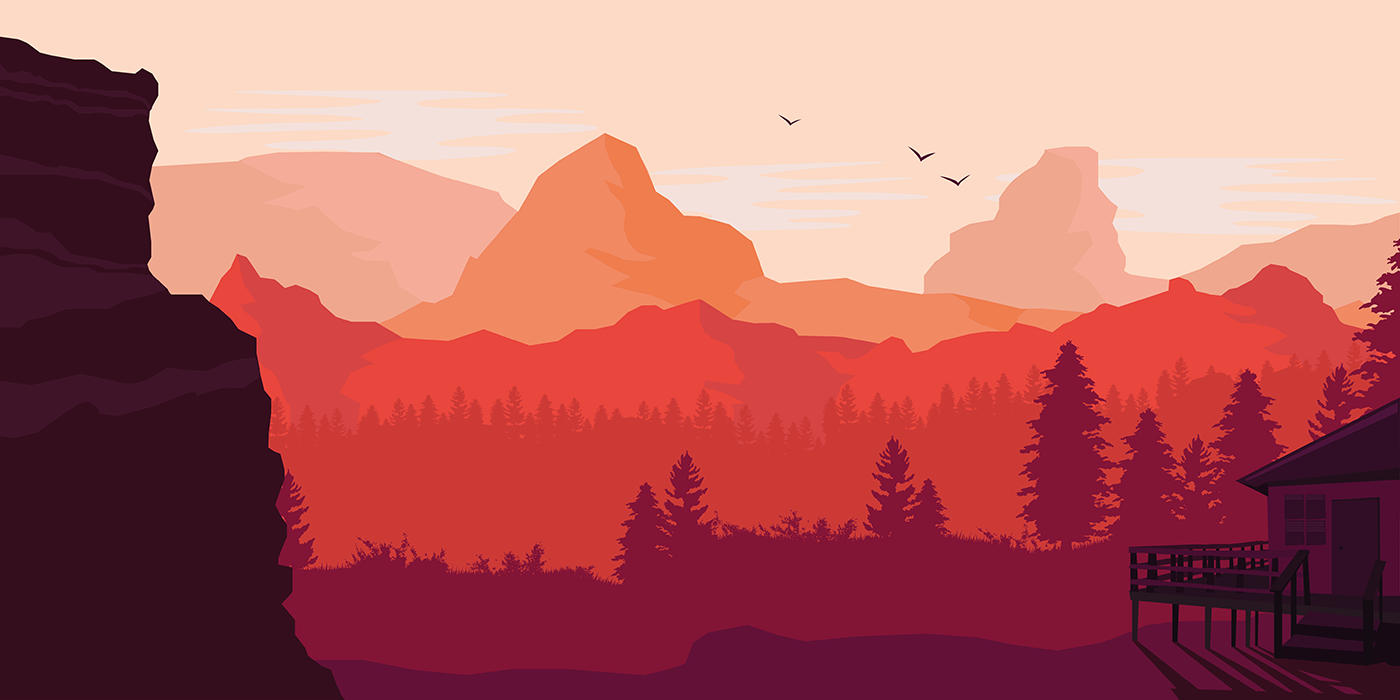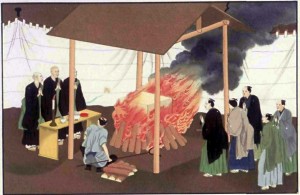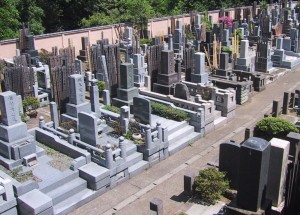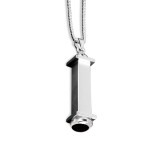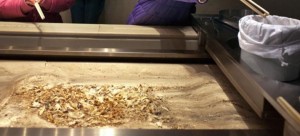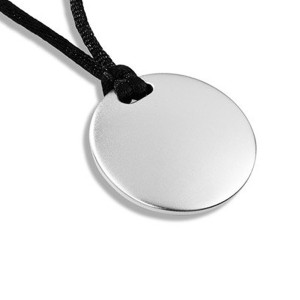The Cremation Ceremony and Tradition of Japan
With cremation ceremonies and non-traditional funeral services on the rise, it is perfectly reasonable to be unsure of the best way to honor the passing of a loved one. But often times, when we are looking for something new and innovative, we must look to the tradition of the past. The Japanese, for example, are a population who are growing steadily in the number of cremated, reaching 99.97 percent in 2014 (wikipedia.org). The cremation ceremony in Japan borrows rituals found in Shintoism, Buddism, and Chrisitanity to build a compelling, beautifully concise, way to celebrate the lives of their loved ones. Join Treasured Memories™ as we take a closer look. . .
Buddhism with a hint of Shinto
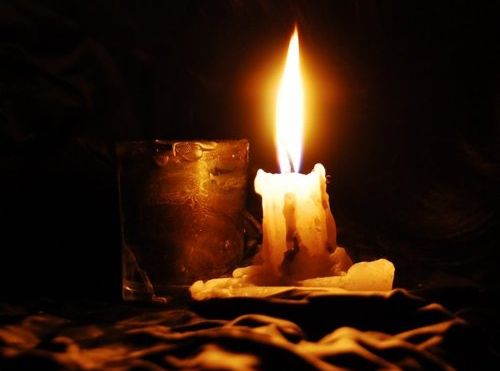
Vigil of a single candle, inscents, and a bit of water for purification to the next life.
According to traditionalcustoms.com, after death begins a series of Shinto infused Buddhist Ceremony, the first which is called “Water of the Last Moment” or “Matsugo-no-mizu”. The first event is a family gathering to moisten the lips of their passed loved one with a bit of water. This is seen as the first of many steps toward purification before the next life. Next, Kamidana-fuji takes place. For this all “household… shrines are covered with a [scroll] of white paper”, which is believed to “keep out impure spirits of death”.
The final at-home ritual is the erection of a small vigil next to the deceased. Most often, the vigil will include a single candle, inscents, a bit of water, and sometimes a knife will be placed on the chest of the deceased believed to be a sort of defense against evil spirits.
After this mixed tradition, comes a practice more closely resembling western celebration of life ceremonies: The funeral.
Japanese History: Funerals and Wakes
To better understand the fusion of Buddhist and Shinto Funeral practices, we looked to Factsanddetails.com to explain, “Buddhism did not play a big part in funeral services until the Edo Period (1603-1867) when the Shogun forced all people to register as Buddhists as part of an effort to eliminate Christianity to counter an upsurge in religion’s popularity. Before the Edo period must funerals were conducted in accordance with Shinto traditions.”
As a result, today we see a bit of irony in the practice since most funeral services are considered Buddhist, yet Buddhism in its original form did not place much importance on gathering in honor of those who have passed.
None-the-less, the cremation ceremony begins with the ornate Buddhist casket design. The departed wear a white kimono, and are surrounded by some of their favorite earthly possessions and carry six coins for safe passage of the Sanzu River called, “Sanzu-no-kawa”, or River of Three Crossings. It is a river located in northern Japan which the dead are believed to pass on the seventh day after death on the way to afterlife.
Traditional colour of sorrow in Buddhism is white. Still most of people in Japan today wear black when attending the wake. People at the wake sometimes carry set of prayer beads called “juzu”, similar to the Rosary. And today, it is now custom to bring gifts for the bereaved.
Japanese Bone Separation Ceremony
One thing that separates the Japanese cremation ceremony from more tradition cremation ceremonies of the west, is the Bone Separation Ceremony. At the appropriate time, the relatives pick the bones out of the ashes and transfer them to an urn using large chopsticks or metal picks. Sometimes, two relatives will hold the same bone at the same time with their chopsticks in order to move it. This is the only time in Japan when it is proper for two people to hold the same item at the same time with chopsticks.
To ensure the eternal comfort of the deceased, the bones of the feet are placed first, and the bones of the head placed last.
Ashes are usually kept in one urn but there are cases when it is shared between family members. Cremation Jewelry, Ink, Diamonds, and Urns are common. This urn stays on an altar in family home for 35 days. Incense sticks or “osenko” are kept burning all the time.
After time at the alter the urn is either carried to the cemetery or loved ones will follow in line with the Buddhist tradition and practice the spreading of ashes as well.
In a merging of the two traditions, it is not uncommon for some to remove some ashes to maintain in an in-home shrine. A more modern practice would be the creation of items from the ashes, or keeping them dear to heart in a piece of cremation jewelry.
Sources:
http://www.japantimes.co.jp/news/2009/07/28/reference/japans-funerals-deep-rooted-mix-of-ritual-form/#.V__RN_krKM8

